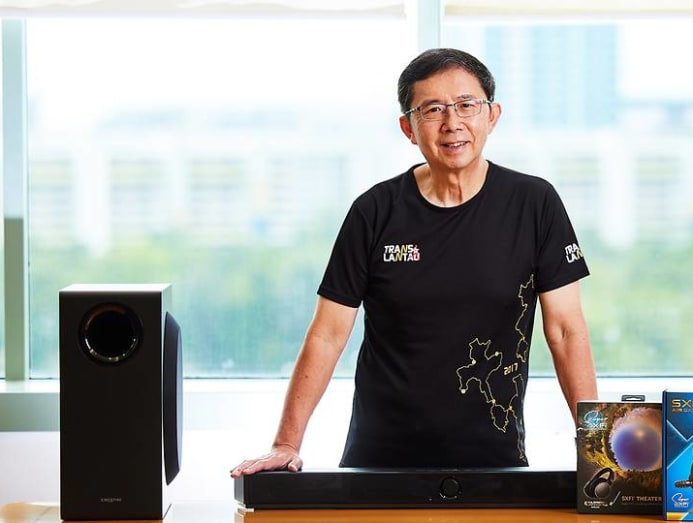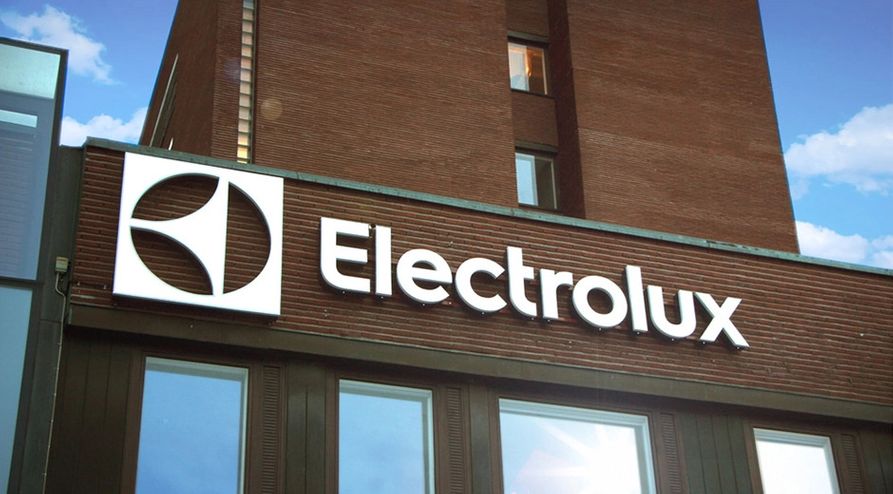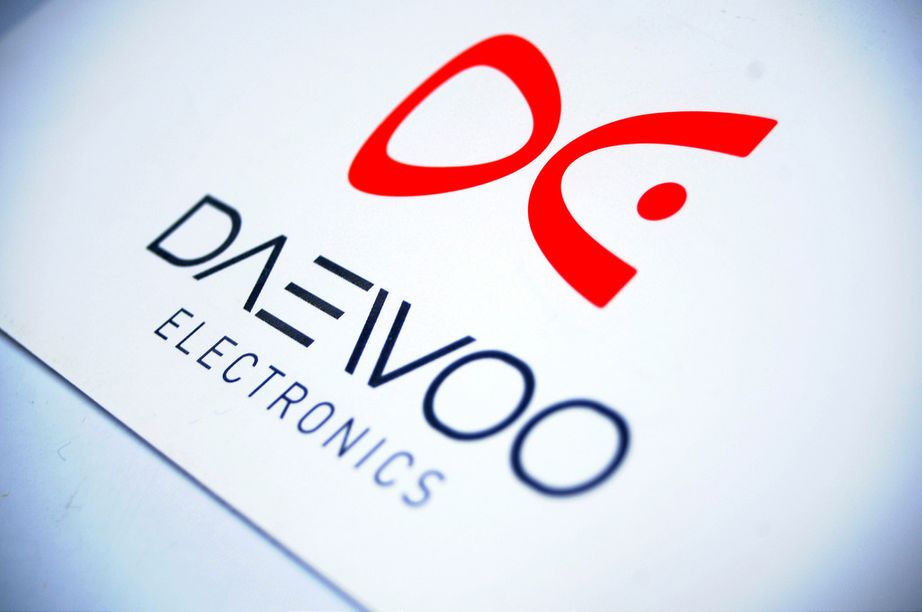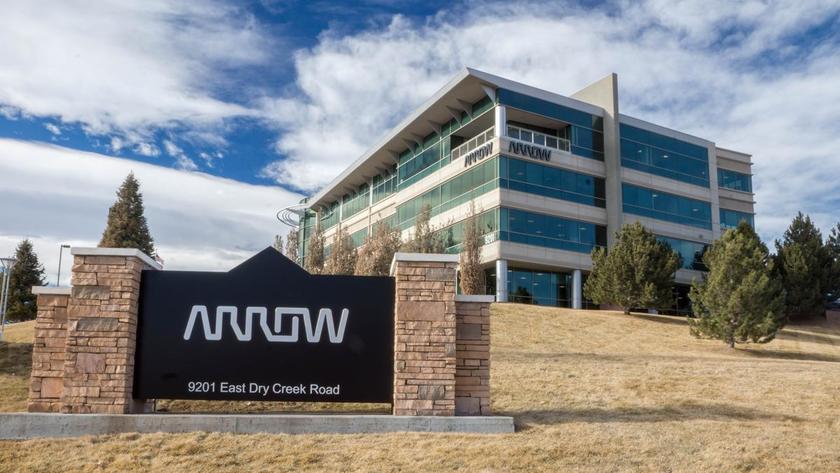Hisense – Producing Electronics Worldwide Over The Past 50 Years.
Hisense has dedicated itself to creating groundbreaking consumer electronics over the past 50 years. The corporation is currently one of the top producers of electronics worldwide. It has established 54 abroad businesses and offices, uses five top-tier international production sites in Europe, Central America, and South Africa, and has 18 R&D centres internationally. The company has a customer base in over 160 countries.
About The Company
Hisense Group is a global Chinese manufacturer of electronics and major appliances with its headquarters in Shandong Province, China. Hisense’s primary line of business is televisions, and since 2004, it has held the most significant market share among Chinese TV manufacturers. They sell items under the brands Hisense, Gorenje, Toshiba, Sharp, Kelon, and Ronshen. As an OEM, Hisense sells some of its goods to other businesses under brand names unrelated to Hisense. Hisense H.A and Hisense Visual Technology., two significant subsidiaries of the Hisense Group, are publicly listed corporations. By 2020, the state-owned more than 30% of each enterprise through the Hisense holding company. The Hisense Group includes 14 industrial parks with more than 80,000 employees, some of which are situated in Shunde, Huzhou, the Czech Republic, Mexico, and South Africa. Additionally, there are 18 R&D facilities spread across locations like Qingdao, Shenzhen, the US, Germany, Slovenia, Israel, etc.

History
Hisense Group’s forerunner, Qingdao No.2 Radio Factory, was founded in 1969. The modest factory’s initial offering was a radio marketed under the Red Lantern brand, but thanks to a trial run of black-and-white televisions that the Shandong National Defense Office bought, the business later acquired the know-how to produce TVs. This entailed the specialized training of three workers at a different Chinese factory, Tianjin 712, and led to the creation of transistor TVs by 1975 and the manufacturing of 82 televisions by 1971. In 1978, the CJD18, their debut TV model, was launched. Until 1979, there was little television production in China, but a Beijing session of the Ministry of Electronics urged the growth of the civil-use electronics sector. The Qingdao No.2 Radio Factory then swiftly combined with other regional electronics producers and started producing televisions in Shandong province under the banner Qingdao General Television Factory. In April 1997, the Shanghai Stock Exchange officially listed the Hisense Electrical Appliance Share Holding Company (now known as Hisense Electrical Co Ltd). Hisense benefited from increased rivalry and fierce prices in the Chinese electronics sector in the 1990s by acquiring ten bankrupt businesses by 1998. Hisense Group sought to emerge as a frontrunner in home appliances, computers, and communications in addition to consumer electronics. This policy led to significant financial investments in R&D, the construction of industrial zones, etc. It created a specific kind of translucent 3D television in 2013. In 2015, Sharp sold a Mexican factory to Hisense for $23.7 million, along with the right to use the Sharp name on television sets sold in South and North America. It acquired 95.4% of the shares in Slovenian appliance producer Gorenje in 2018, becoming the company’s largest stakeholder. It unveiled the world’s first 8K 10 bit HDR screen TV in 2020. Its image quality engine boasts 6.5T supercomputing power and is built on an AI-powered HDR algorithm. It declared the introduction of its first 4K Fire TV in May 2022.
Products And Services
Hisense develops white goods, television sets, digital TV broadcasting devices, laptops, set-top boxes, cell phones, wireless components, wireless PC cards, and optical components. In addition, it offers a wide range of services, such as property administration, IT support, product design, mould design, pattern making, and mould processing and production. Furthermore, It is among the few manufacturers of smartphones with an e-ink display.
Founder – Zhou Houjian
After graduating, Zhou Houjian was hired as a technician at the Qingdao Television Factory. He advanced through the ranks, becoming a supervisor, an assistant factory director, and, at age 35, the factory director. Based on his experience at the Qingdao Television factory, Zhou founded Hisense Group in 1994. Today, Hisense Group is one of China’s foremost manufacturers of home appliances, with distribution operations in more than 100 nations.

I am a law graduate from NLU Lucknow. I have a flair for creative writing and hence in my free time work as a freelance content writer.







